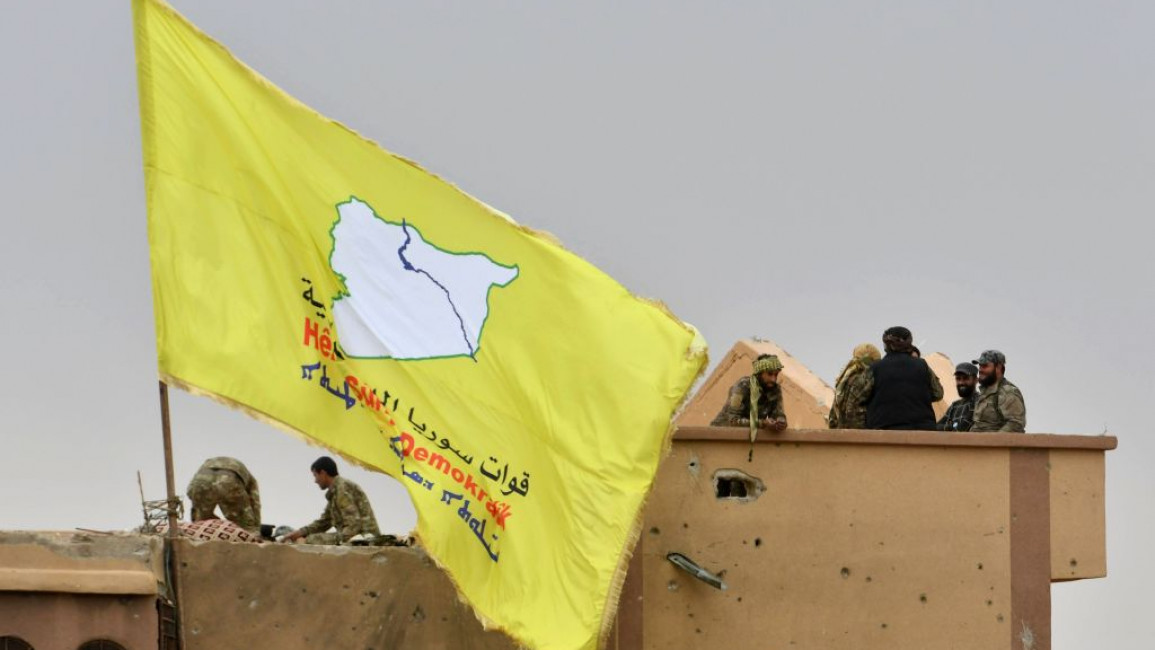SDF hit back at claims of releasing IS prisoners for money
The Syrian Democratic Forces (SDF) have hit back at claims made by The Guardian newspaper that Islamic State (IS) prisoners were paying large sums of money to secure their release.
In its report, The Guardian said it had seen a “release form” which allegedly showed that “Syrian men imprisoned without trial can pay an $8,000 (£6,000) fine to be freed”.
The SDF denied these claims, describing the documents as “fake”.
“After reviewing the document, we confirmed categorically that it is fake and there is no such document in the SDF’s official documents or those of the Autonomous Administration of North and Eastern Syria,” the SDF Media Centre said in a statement.
“We communicated with the newspaper’s management, submitting out papers proving the the document was faked,” they added.
The New Arab has been unable to independently verify the SDF’s claims.
The Guardian had published a picture of what it said was a “prison release form”, which included a pledge that the released prisoner must not “join any armed and extremist terrorist organisations,” in addition to paying the a fine of “8,000 US dollars to the Public Finance department”.
The Guardian also spoke to a former prisoner, Abu Jafar, who had previously been part of IS in Raqqa, and claimed to have been released after paying a fine of $8,000, and a further $22,000 in bribes to SDF officials.
In their denial, the SDF said the decree cited on the paperwork, which resulted in the freeing of the men, was an amnesty decree issued by the Syrian regime in 2019.
Northeastern Syria has long been under the control of the Kurdish-led Syrian Democratic Council, who do not acknowledge or implement laws issued by the Damascus-based regime.
The SDF also questioned the logo of the General Command of the YPG used on the paperwork, while the paper is headed with the name of the Autonomous Administration of Northern and Eastern Syria (AANES).
While working on the same side in the conflict in Syria, the two groups are separate institutions.
The SDF also cited the use of specific phrases and words, languages, and seals, which they claim all point to a forged document.
The SDF criticised The Guardian for publishing the story, and called on them to remove the story from their site, adding that it is their intention to take legal against against the British newspaper.



